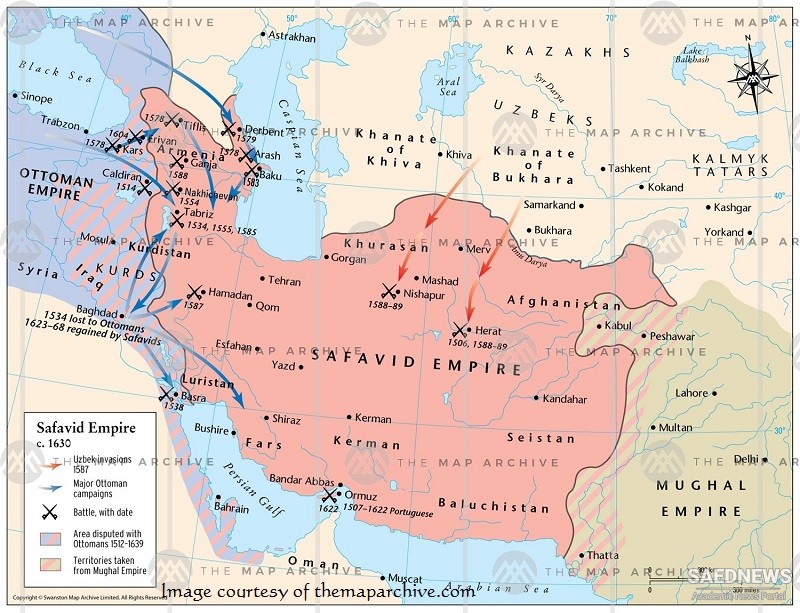After his entry into Tabriz, Shah Ismail immediately proceeded to institute the Shia creed as the state religion. Until it is proved otherwise, we can assume that he took this decision out of religious conviction, not out of political expediency. The precise nature of Ismail's commitment to the Shia faith — to what extent he was familiar with and himself observed the precepts of the Shia — remains to be seen. At present it will suffice to affirm that he desired to abolish the Sunna with its veneration of the Orthodox Caliphs and to replace it with the belief in 'Ali and the Twelve Imams. We know that Isma'il's advisers voiced grave reservations about his intention because the entirely SunnI population of Tabriz would be violently opposed to the Shl'a. But Isma'Il would not be deterred, and in fact achieved success. The first phase of Safavid rule does not lack a certain grotesque trait, in as much as theologians who were fully conversant with the Shl'a must have been few and far between at that time. Detailed information about Shia precepts was hard to come by; indeed, there was a lack of books from which this might have been culled. Given the tremendous importance of the introduction of the Shl'a for Isma'il's future and for Persia, we must ask ourselves what made him take this decision. It is not easy to find an answer. We do not know for certain who was the first member of the future dynasty to profess the Snfl faith. Was Isma'Il himself the first? Or were his father and grandfather adherents of the sect? Or must we go back even further, perhaps to Shaikh Khwaja 'All, or even Shaikh Safl in person? Circumstantial evidence of all kinds is adduced in this connection, but none is conclusive (The Cambridge History of Iran, vol. 6).


 Shia Islam in Iran: Legacy of Muslim Conquest of Persia
Shia Islam in Iran: Legacy of Muslim Conquest of Persia














































